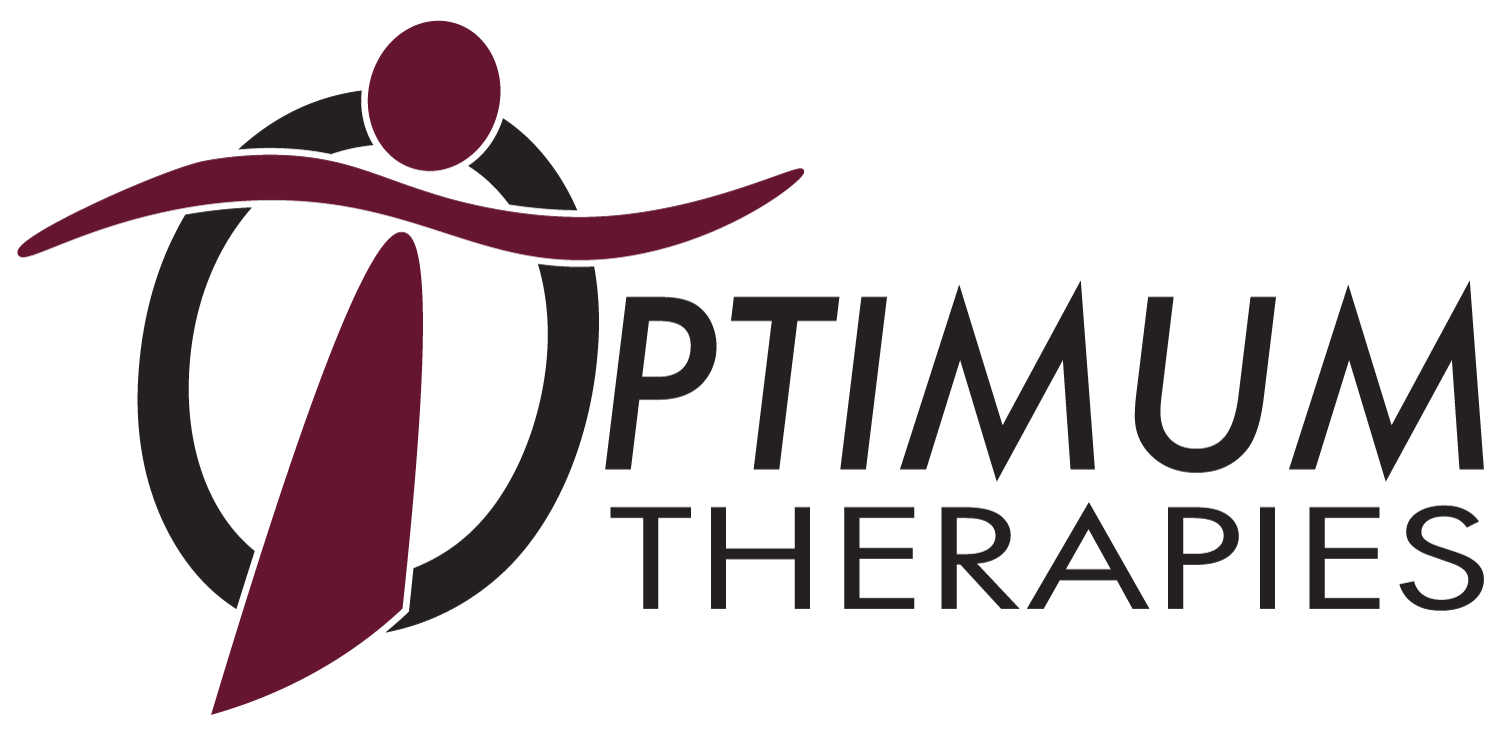Manual Therapy
Muscle Energy Techniques (MET):
Manual therapy process that requires the client to actively contract their muscles against a therapist-applied counter-force. Depending on how it is used, this technique can be used to stretch muscles, strengthen muscles, decrease swelling, or restore motion to various joints throughout the body. One of the many benefits is that the client controls the intensity by altering the strength and duration of the contraction.
Direct Joint Mobilization:
Articulatory procedure that utilizes a repetitively applied force to a joint. There are five different grades of force used during mobilizations, with a lower amount of force used to modulate pain and a greater amount of force used to increase motion at the targeted joint. A grade five mobilization is also referred to as a high velocity, low amplitude thrust.
High Velocity, Low Amplitude Thrust (HVLA):
A manual technique in which the therapist applies a quick but small (low amplitude) force against a barrier of motion. Care is taken to localize motion to a specific segment or joint, and then provide the manipulating force in a precise direction, minimizing the need for excessive force. The goal is to increase range of motion and normal joint mechanics to a particularly restricted joint, thereby reducing pain and restoring function.
Functional Indirect Technique (Find):
A manual technique in which the therapist moves the segment away from the restrictive barrier into the range of “freedom” or “ease” of movement. This point of balanced tension is held for 5-90 seconds, allowing the body’s neurological system to “re-boot” facilitating relaxed tension in the tissues around the joints. This helps to increase range of motion and improves joint function. This technique is closely related to and sometimes referred to as “Functional Technique”, “Strain Counter-Strain,” “Positional Release” or “Neuromuscular Release,” all of which are in the same family of treatment techniques.
